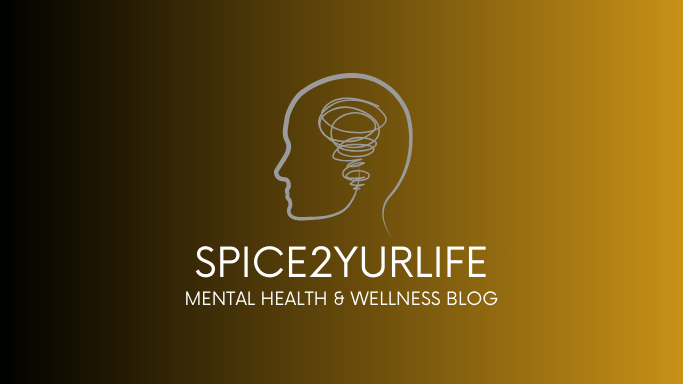Leaving a domestic violence relationship can be one of the most challenging and courageous decisions a person can make. It requires immense strength, determination, and support. Domestic violence is not just physical; it can also be emotional, psychological, and financial abuse. If you or someone you know is in an abusive relationship, this blog post aims to provide guidance on how to leave such a relationship safely.
1. Recognize the Signs
The first step in leaving a domestic violence relationship is recognizing that you are in one. Domestic violence can be subtle, making it difficult for some to identify. Signs of abuse can include physical violence, but they may also involve emotional manipulation, isolation, control, and threats. It is crucial to understand the situation before taking any steps.
2. Build a Support Network
Leaving an abusive relationship can be incredibly isolating. Reach out to friends, family members, or support groups that you trust. Your support network will be your lifeline during this difficult time. They can provide emotional support, offer a safe space, and help you make crucial decisions.
3. Create a Safety Plan
Safety should be your top priority when leaving an abusive relationship. Plan your exit strategy carefully and discreetly. Some aspects of a safety plan may include:
- Finding a safe place to stay, such as with friends, family, or a shelter.
- Securing important documents, like identification, financial records, and medical information.
- Memorizing emergency contact numbers.
- Packing a "go bag" with essentials for yourself and any children.
- Setting up a secret code word with a trusted friend or family member to signal danger.
4. Seek Legal Advice
Consulting with an attorney experienced in domestic violence cases can provide you with valuable insights and protection. They can help you understand your rights, obtain restraining orders, and provide guidance on divorce or child custody matters, if applicable.
5. Establish Financial Independence
Abusers often exert control by manipulating finances. Try to gain financial independence by opening a separate bank account, establishing credit in your name, and creating a budget for your new life. Seek employment or explore educational opportunities to increase your financial security.
6. Document the Abuse
Keeping a record of abusive incidents can be crucial in legal proceedings. Record dates, times, locations, and descriptions of abusive incidents. Photograph injuries and document threatening messages or emails. This documentation can be essential in obtaining legal protection.
7. Contact Local Support Services
Domestic violence organizations and shelters can provide vital support. Reach out to local resources that specialize in assisting abuse survivors. They can offer shelter, counseling, legal advice, and emotional support.
8. Leave Safely
When you decide it's time to leave, do so when your abuser is not around, if possible. This will reduce the risk of immediate harm. It may be helpful to involve law enforcement or a support group to ensure your safety during the departure.
9. Stay Vigilant
Even after leaving, continue to be vigilant about your safety. Change locks, update your contact information, and remain cautious about sharing your location. Keep in touch with your support network, and consider therapy or counseling to heal emotionally.
Leaving a domestic violence relationship is never easy, but it is a step toward reclaiming your life, safety, and happiness. Remember that you are not alone, and there is help available. Be patient with yourself and seek professional guidance if needed. Your well-being is worth the effort, and there is a brighter future beyond the darkness of abuse.






No comments:
Post a Comment